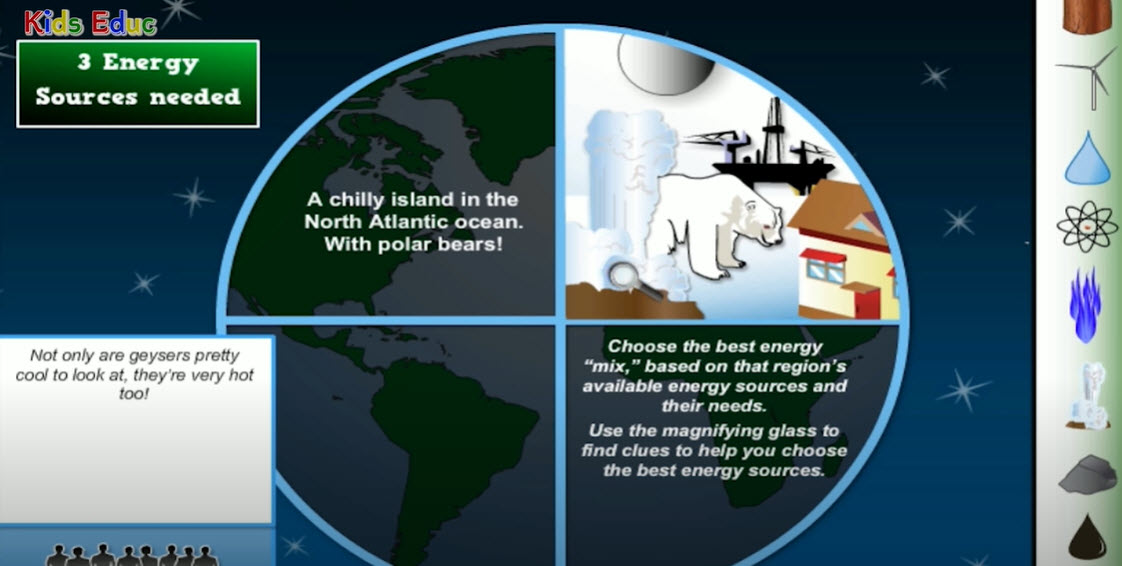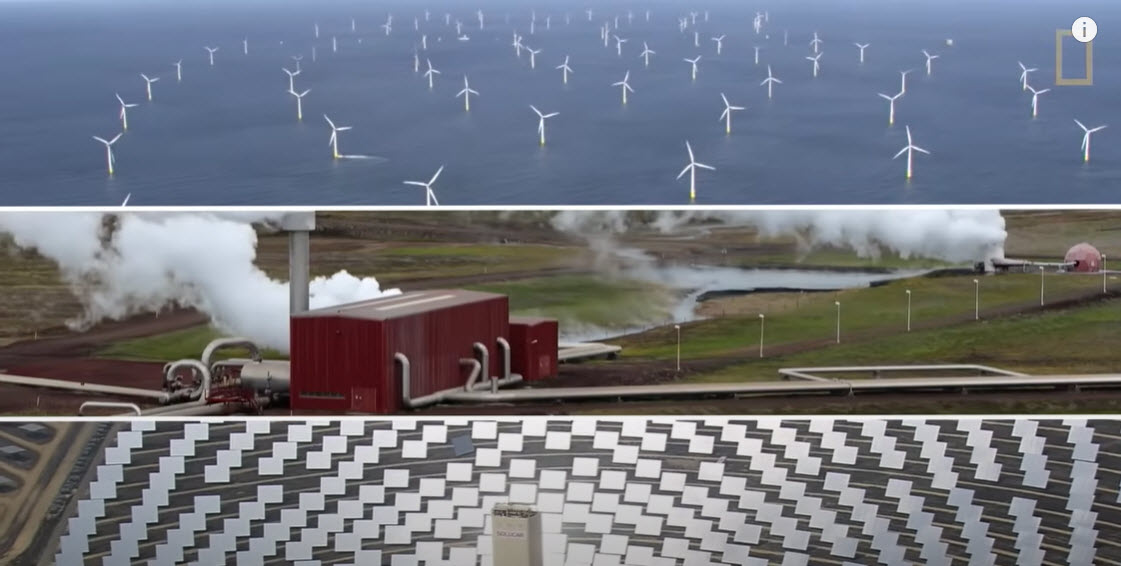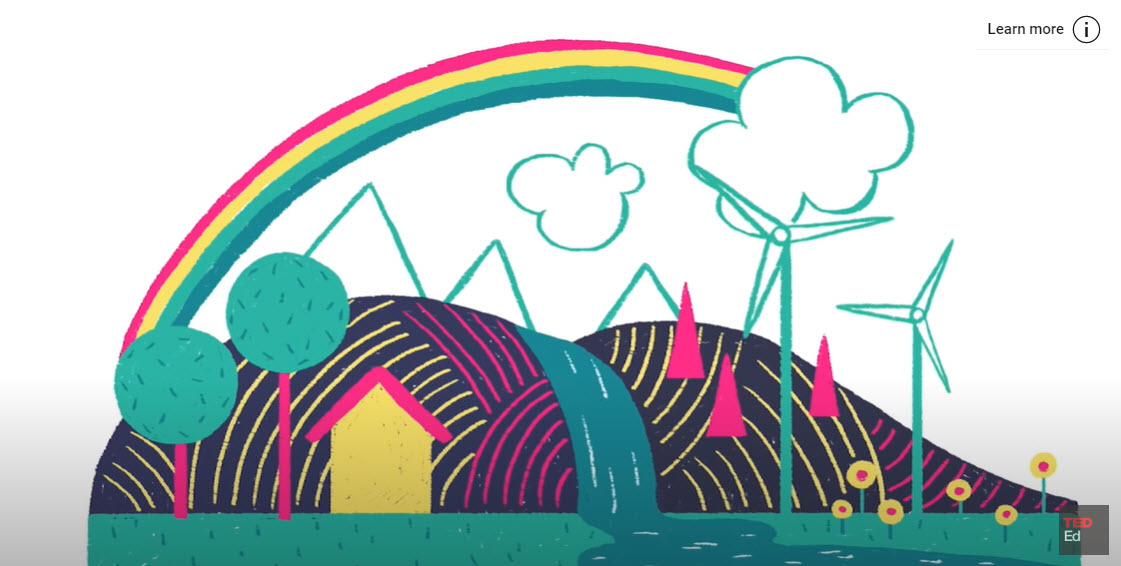Standards
Science – SC.4.E.6.3
Recognize that humans need resources found on Earth and that these are either renewable or nonrenewable.
Language Arts – LAFS.4.L.3.4
Determine or clarify the meaning of unknown and multiple-meaning words and phrases based on grade 4 reading and content, choosing flexibly from a range of strategies.
Use context (e.g., definitions, examples, or restatements in text) as a clue to the meaning of a word or phrase.
Use common, grade-appropriate Greek and Latin affixes and roots as clues to the meaning of a word (e.g., telegraph, photograph, autograph).
Consult reference materials (e.g., dictionaries, glossaries, thesauruses), both print and digital, to find the pronunciation and determine or clarify the precise meaning of key words and phrases.
Mathematics – MAFS.4.NBT.2.6
Find whole-number quotients and remainders with up to four-digit dividends and one-digit divisors, using strategies based on place value, the properties of operations, and/or the relationship between multiplication and division. Illustrate and explain the calculation by using equations, rectangular arrays, and/or area models.
Big Idea(s)
Humans continue to explore the composition and structure of the surface of Earth. External sources of energy have continuously altered the features of Earth by means of both constructive and destructive forces. All life, including human civilization, is dependent on Earth’s water and natural resources.
Essential Question
What are the differences between renewable and nonrenewable resources?
Vocabulary
Renewable • Non-Renewable Energy • Composition • Structure • Surface • Energy • Constructive • Destructive • Civilization • Natural Resources
Background Information
Energy sources are classified into two groups — renewable and non-renewable. In the United States, most of our energy comes from nonrenewable energy sources. Coal, petroleum, natural gas, propane, and uranium are nonrenewable energy sources. These energy sources create electricity which we use in our homes, to power our refrigerator, keep us warm, as well as taking us to work and school. These energy sources are called nonrenewable because their supplies are limited. Petroleum, for example, was formed millions of years ago from the remains of ancient sea plants and animals. We can’t make more petroleum in a short time.
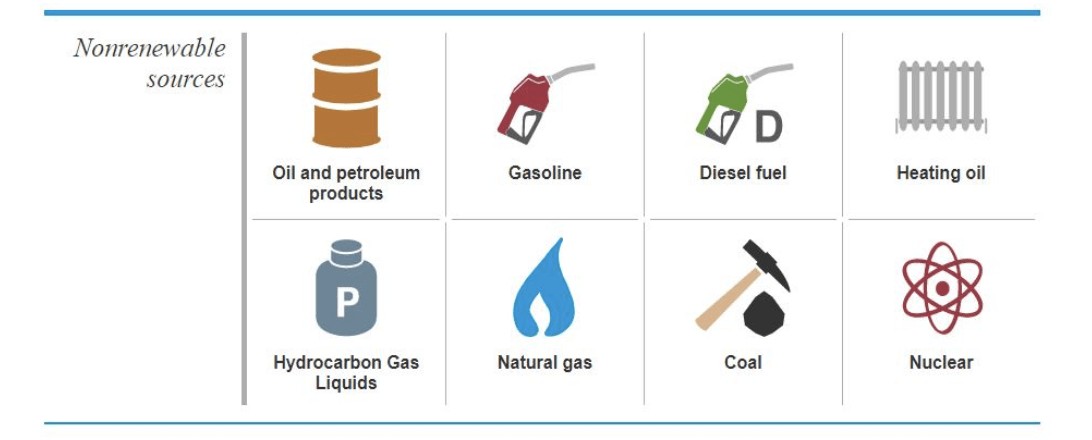
Renewable energy is growing as we find ways to harness energy from other sources. Some of these sources include biomass, geothermal energy, hydropower, solar energy, and wind energy. They are called renewable energy sources because they are naturally replenished. Day after day, the sun shines, the wind blows, and the rivers flow. We use renewable energy sources mainly to make electricity.
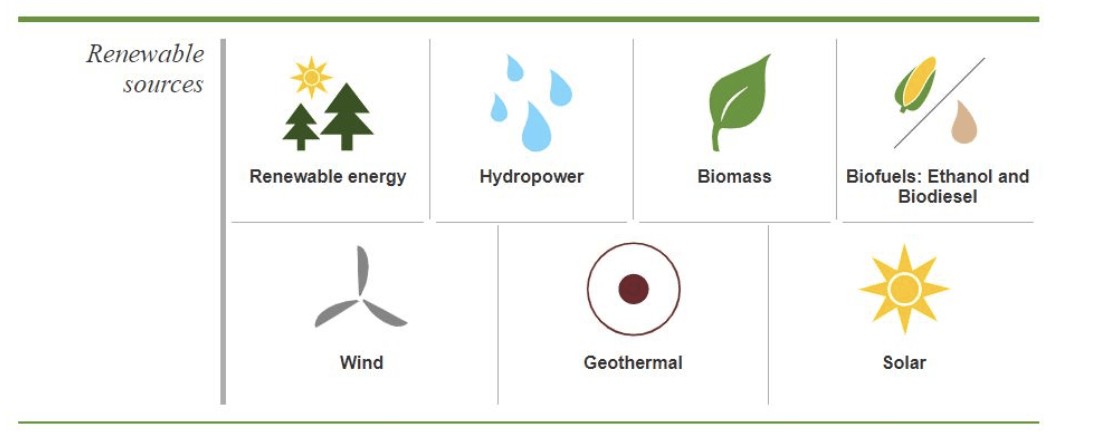
Guiding Questions
- What is renewable energy?
- What is non-renewable energy?
- Do we need both forms of energy?
- Which is more commonly used?
- What type of energy can be made from the resources we have in Florida?
Math Mania
Essential Question
Reduced to the lowest terms, what fraction of the nation’s renewable energy is used for transportation?
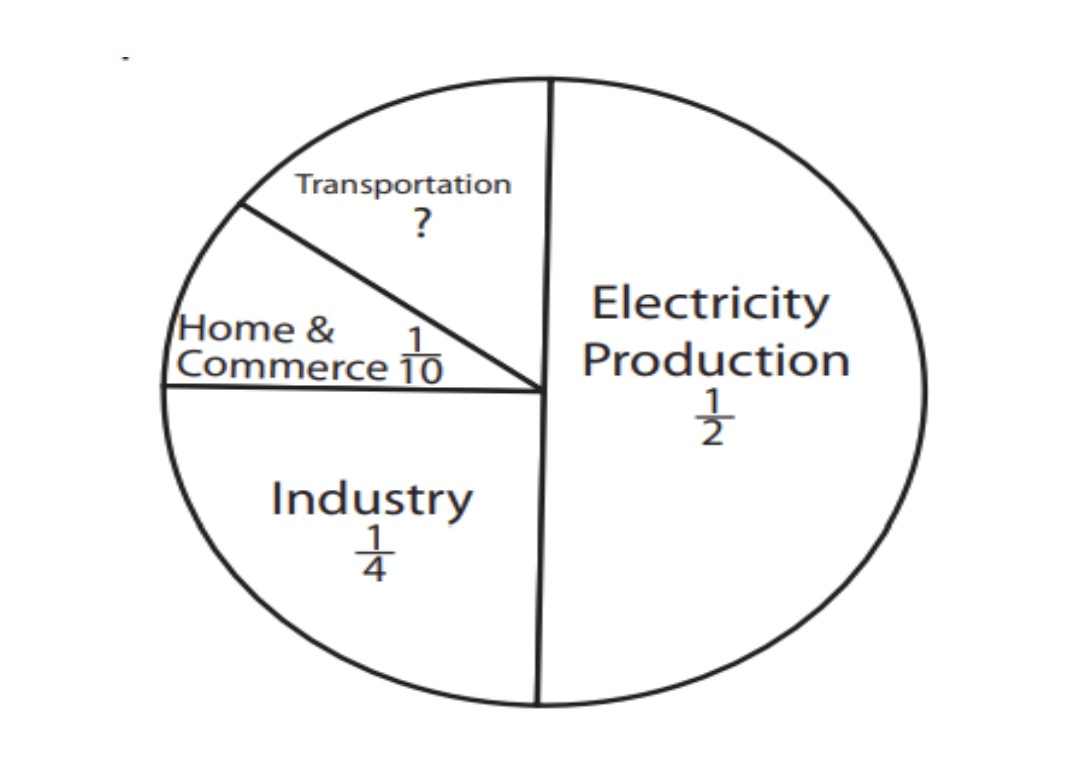
Renewable energy provides the nation with about eight percent of the energy the U.S. consumes. The use of renewable energy sources to generate electricity accounts for half of their use.
The correct response is 3/20
NEED: Energy Math Challenge PDF Download
Instructional Sequence
- Science Lesson – Let’s Make a Pinwheel – SC.4.E.6.3
- Science Lesson – Let’s Make a Pinwheel Chart – SC.4.E.6.3
- Reading Language Arts –Energy Bingo – LAFS.4.L.3.4
Fun Facts
Wind Power
Did you know…
- The largest wind turbine in the world, located in Hawaii, stands 20 stories tall and has blades the length of a football field.
- An average wind speed of 14 miles per hour is needed to convert wind energy into electricity.
- Wind farms currently produce enough electricity to meet the needs of more than 24 million homes in the United States.
Biomass Energy
Did you know…
- In Iowa and Wisconsin, biomass energy from landfills and dairy farms is being used to make electricity.
- In Southern Iowa, a power plant is using a crop called switch grass to make electricity.
Hydro Power
Did you know…
- Water power has been used for grinding grain for more than 2,000 years
- In 2018, hydroelectricity accounted for about 7% of the total U.S. utility-scale electricity generation and 41% of total utility-scale electricity generation from renewable energy sources.
Geothermal Energy
Did you know…
- Volcanoes and geysers are examples of geothermal energy.
- In 1864, a hotel in Oregon heated rooms using geothermal energy from underground hot springs.
- A professor at Ohio State University invented the first geothermal heating system in 1948
Solar Power
Did you know…
- The largest Concentrated solar power (CSP) solar power plant is in the world located in the Mojave Desert of California.
- The Nobel Prize in Physics 1921 was awarded to Albert Einstein “for his services to Theoretical Physics, and especially for his discovery of the law of the photoelectric effect.
Inquiry Type
- Structured Inquiry
- Brain Storm
- Class/Group Activity
- Think/Pair/ Share
Teacher Resources
- Different Sources of Energy, Using Energy Responsibly, Educational Video for Kids Video
- Renewable Energy 101 Video
- Can 100% Renewable energy Power the World? Video
